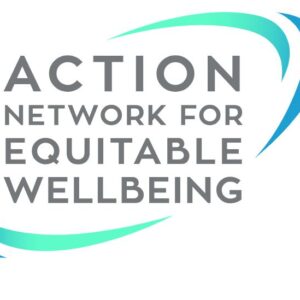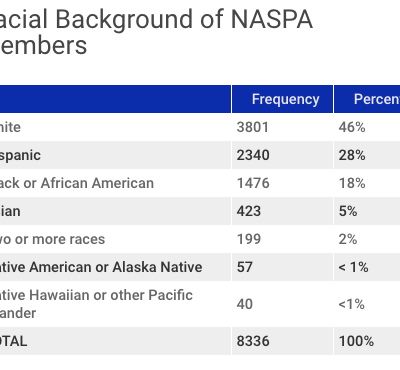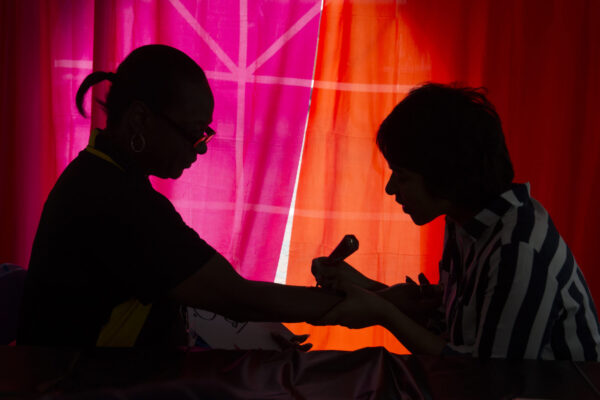College and university leaders are being asked to focus on student wellbeing more than ever before—and with good reason. Students’ needs and experiences change rapidly, and data from the Healthy Minds Study have demonstrated that student wellbeing outcomes have worsened over the past decade. Moreover, improving these outcomes requires systemic change campus-wide, and measurement for this purpose requires a different approach than measuring for research or accountability. These differences have implications for what data are collected; how much are collected; the frequency with which they are collected; and how the data are analyzed, interpreted, and used.
But with no standard indicators to assess progress toward student wellbeing, colleges and universities face many challenges. Do any of these problems sound familiar?
Inadequate data: You don’t have actionable data about student wellbeing and instead rely on hunches, feelings, and anecdotes.
Measuring to measure: Data collection is conducted to fulfill a requirement, but the data are not actually used to improve wellbeing.
Measuring the unimportant: Considerable time and effort is spent to collect and analyze data, but the results aren’t compelling enough to spark action.
Measuring the unmeasurable: Your institution has ideas about the information needed for your work and engages in time-intensive data collection efforts, attempting to measure concepts that aren’t easily measured. The effort to measure detracts from effort to solve the problem.
Analysis paralysis: Stakeholders justify inaction by challenging the integrity or comprehensiveness of the results—even when the data is useful for advancing systemic change.
Infrequent measurement: Your institution collects data through large, comprehensive surveys once a year or less frequently, which creates a significant lag in obtaining critical and timely insights about students’ lives and experiences—which are constantly evolving—and a significant lag between implementing a change and finding out whether that change had any impact.
To achieve better wellbeing outcomes—and not simply better research—we need better data infrastructure and processes. We created the Wellbeing Improvement Survey for Higher Education Settings (WISHES) to address these challenges. This brief survey—available at no cost—provides colleges and universities with timely and actionable data to adapt and improve institutional norms, structures, and processes so all students can thrive and flourish. Institutions can use WISHES to assess student wellbeing multiple times throughout the year. Additionally, institutions that use WISHES can join the Pacesetters Action Community—a community of changemakers working together to use WISHES data to advance system-wide change.
To date, 11 schools have administered WISHES at least once, and more than 50,000 students have completed the survey. While many institutions use a variety of different student survey tools and data, WISHES has helped institutions to more effectively:
- Motivate diverse campus partners to contribute to systemic change work
- Understand the associations between key student experiences and the impact these have on equitable wellbeing
- Build an understanding of root causes of inequitable wellbeing among marginalized and minoritized groups of students
- Shorten cycles of learning
- Understand and address the variation in wellbeing of students throughout the year
- Respond in close-to-real time to emergent conditions that impact student wellbeing
For example, the WISHES data at Rochester Institute of Technology (RIT) showed that students who didn’t feel like they had a professor who cared about them as a person were more likely to experience poor or fair mental health. The data were powerful in illustrating a disconnect between how students were connecting with faculty and faculty’s own perceptions—garnering buy-in with the college to dedicate resources to different interventions that could be tested and scaled up to larger student populations.
According to Jennifer Maltby, RIT’s director of data, analytics, and planning, a striking finding emerged from the data analysis: “This particular data was really powerful for the faculty in this college who were very shocked that there were only about a third of students who said yes, there was definitely a faculty member who cared about them as a person. For them, that was highlighting a big disconnect because the faculty felt clearly that they did care about their students—but it wasn’t coming through.”
In another example at New York University (NYU), the data showed a clear pattern of profound health disparities between LGBTQ+ students and their heterosexual and cisgender peers. Transgender and nonbinary students in particular reported poorer outcomes across traditional health indicators.
“What was really interesting to us about this data and what completely changed the conversations on our campus was when we look at traditional markers of health, like psychological distress, flourishing, and binge drinking, our LGBTQ+ students are doing worse. But when we look at engagement, whether in clinical care or other aspects of campus life, we see that our LGBTQ+ students are highly engaged,” said Chris Woods, senior director of inclusive policy and director of the NYU LGBTQ+ Center. “So often, when we talk about addressing a mental health need, the conversations with campus partners goes something like ‘We need to get students connected to services.’ These data suggest that a lack of access to different aspects of campus life is not the primary driver of inequitable wellbeing for this particular community of students but rather systemic and structural barriers to inclusion across the institution.”
These insights prompted NYU to investigate the root causes of inequitable wellbeing and what can be done differently to close these equity gaps. Through a partnership between the Student Health Center and the LGBTQ+ Center, the NYU team guided a process to learn more deeply and holistically about students’ lives and to build an understanding of the norms, structures, and processes at NYU that could be improved.
The team found that the experience of being called the wrong name (deadnamed) or referred to with the wrong gendered language (misgendered) had a profound negative impact on transgender and nonbinary students’ wellbeing. This discovery sparked a dedicated effort across every aspect of campus life to reduce incidents of misgendering and deadnaming. Ultimately, this effort led to measurable improvement! WISHES allowed the NYU team to see patterns they wouldn’t have with other data sources and led to the creation of systemic changes in areas that are meaningful to students.
Texas A&M University (TAMU) focused their data collection on first-generation students, who were not progressing and graduating at the same rate as the rest of their cohort. In particular, TAMU used WISHES data to evaluate the impact of Fish Camp, an annual extended orientation program for freshmen occurring before classes start each fall. The data show that students who attend Fish Camp report a higher sense of belonging across multiple measures compared with those who don’t, indicating how the program is meeting its core goals and opening up conversations across the institution with other departments that interact with first-year students.
As these examples illustrate, using WISHES can illuminate not only important issues or gaps to address but also assess key drivers of wellbeing across the institution, which can inform, inspire, and accelerate systemic change.
Institutions interested in administering WISHES can learn more by emailing ANEW@nyu.edu.
If you have any questions or comments about this blog post, please contact us.



